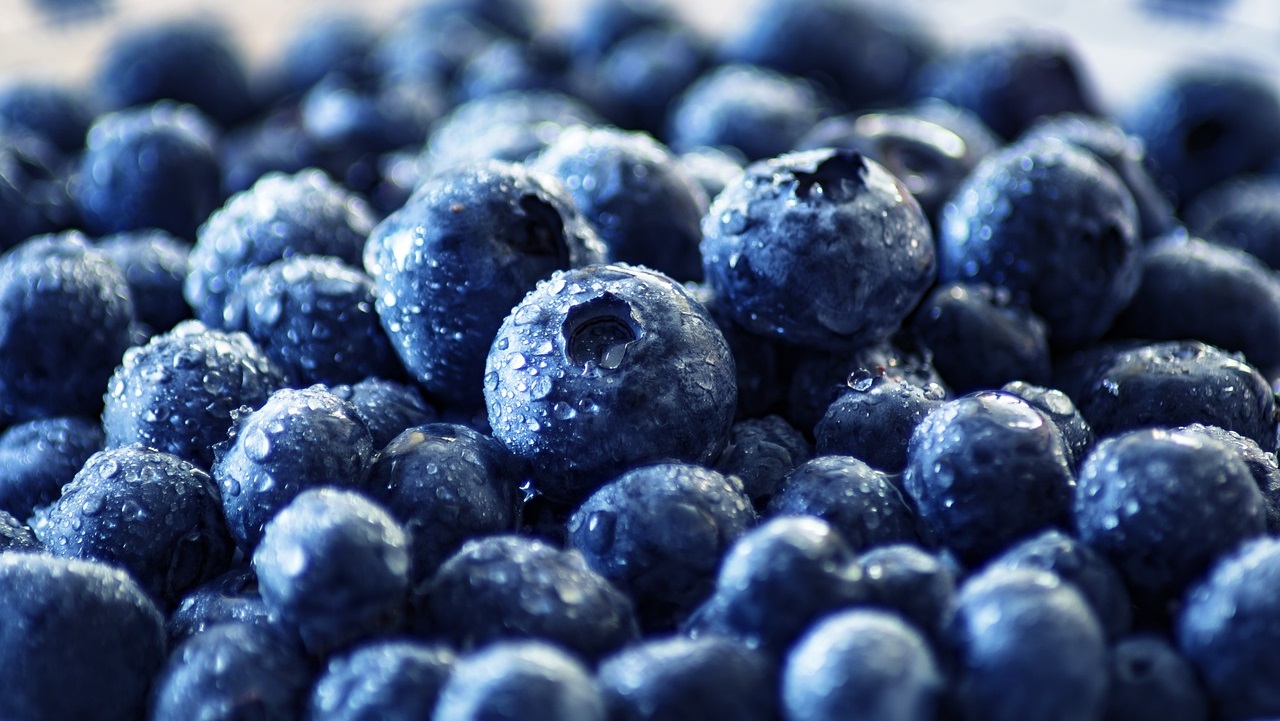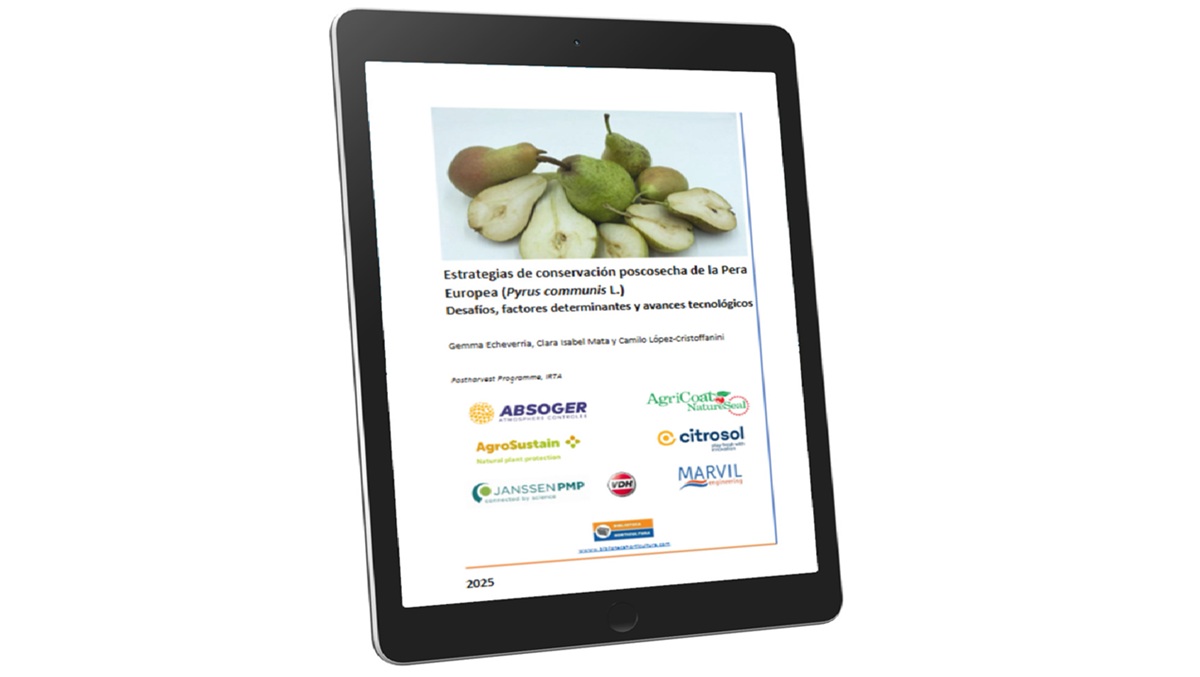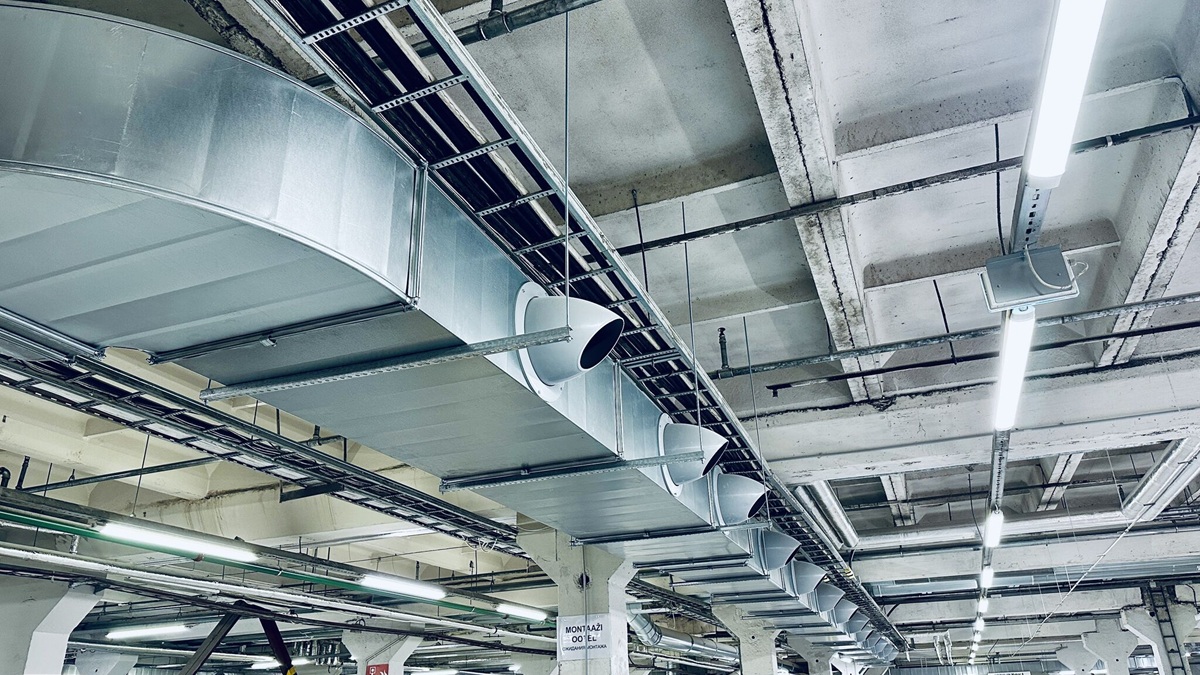News
Novel System to Assess the Impacts of Relative Humidity on Water Loss During Storage of Blueberries

Blueberries, renowned for their delicate nature and susceptibility to moisture loss, present a unique challenge in the cold storage environment. Traditional methods for evaluating water loss dynamics have often proven time-consuming and labor-intensive.
Firmness is one of the most critical quality attributes associated with this period, with the loss of water from the fruit representing the most significant limitation for the fresh market. One of the great challenges is maintaining the quality characteristics of the fruit in shipments by sea, which can take up to 60 days when sent from the southern hemisphere to the northern hemisphere. The random arrangement of each fruit within a packaging unit (different proportions of the stem scar and cuticular surface exposed to the environment) represents an essential source of variation in the prediction of softening during the storage period
Academics from the Faculty of Agronomic Sciences of the Universidad de Talca (UTALCA) designed a special device, referred to as a dangler for accelerated dehydration (DAD), to expose nearly the entire fruit surface to the environment and determine the impact of factors such as relative humidity and the role of the stem scar and cuticle on fruit water loss. The DAD offers a novel solution to this challenge by streamlining the assessment process, providing efficient and precise measurements, and ultimately enhancing the quality control protocols for blueberry preservation.
The Dangler for Accelerated Dehydration (DAD), demonstrated satisfactory performance in assessing fruit water loss dynamics during cold storage. However, fluctuations in relative humidity (RH) levels, particularly at lower RH (30%), were observed throughout the experiment, impacting the accuracy of measurements. It was noted that maintaining RH close to 96% minimized fruit water loss during storage, but this is challenging in commercial settings. Lower RH levels resulted in daily water loss, necessitating overcompensation in commercial packaging to mitigate dehydration during storage and transport.
According to the authors: "(T)he great advantage of this methodology is that, unlike studies at the clamshell level, it is possible to characterize dehydration at the individual fruit level in less than seven days. The system allows the evaluate water loss in dozens of cultivars at the same time, establishing the relative contribution of the scar and cuticle, which are the main dehydration pathways of the berry." The initiative called "accelerated dehydration system for blueberries" was a joint development with Javier Lorca, another academic from the School of Design of the same institution.
The study highlighted the importance of individual fruit dehydration measurements, as variations in postharvest treatments and harvest dates significantly influenced water loss rates. For instance, removing the waxy layer increased water loss, while sealing the stem scar reduced it, emphasizing the role of these factors in regulating fruit dehydration. Additionally, the timing of harvest influenced the magnitude of differences in dehydration rates, with later harvests showing greater impacts from postharvest treatments.
Overall, the study concluded that DADs offer a valuable tool for evaluating preharvest and postharvest stimuli on an individual basis, thereby enhancing predictions of fruit behavior during long-term storage of blueberries.
(A) Humidified air-flow system for controlling relative humidity during cold storage of blueberries: air is pumped (1) through plastic hoses (2) into a container filled with a mixture of water and glycerol (3). Thereafter, air flows into an adjacent sealed container (4) with fruit samples (5). (B) A special device referred to as a dangler for accelerated dehydration (DAD) was designed to hold the fruit samples. The DADs were arranged in four blocks in each container (C) and supported by wire rails (D). A buffer row of DADs was included in the center of each box.
Read the full article on the ASHS HortScience electronic journal website at: https://journals.ashs.org/hortsci/view/journals/hortsci/58/7/article-p717.xml


.jpg)









